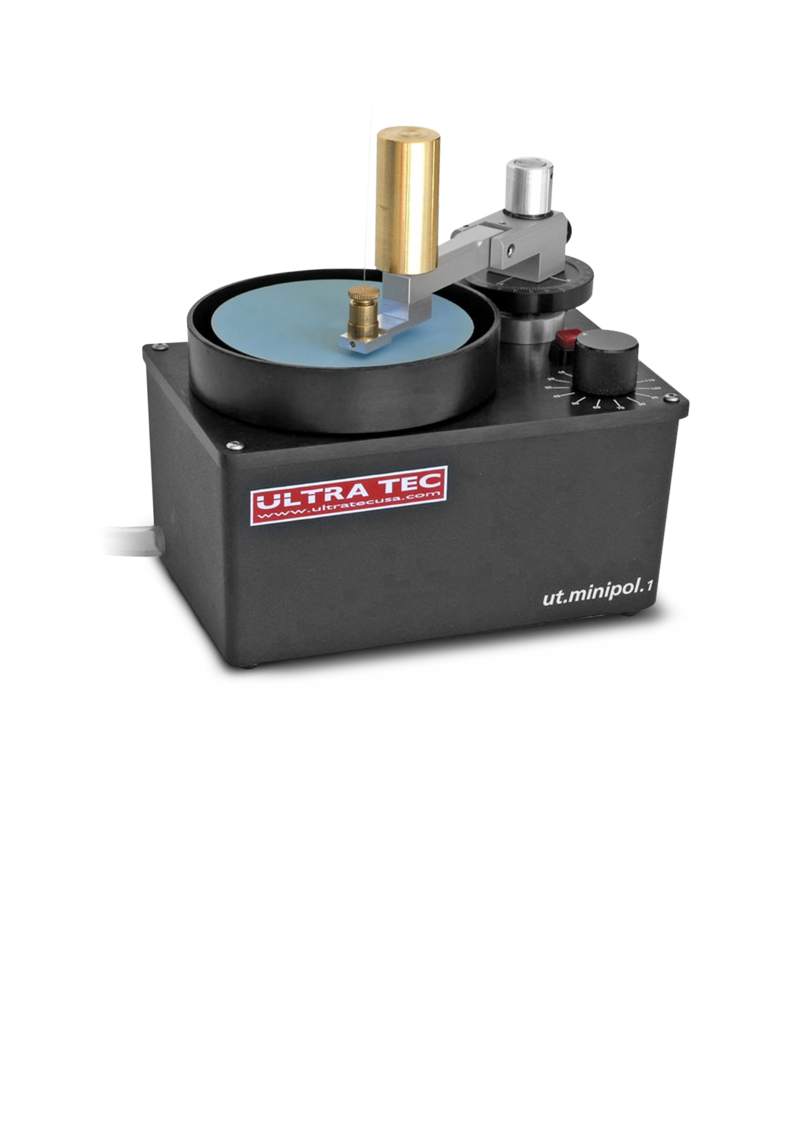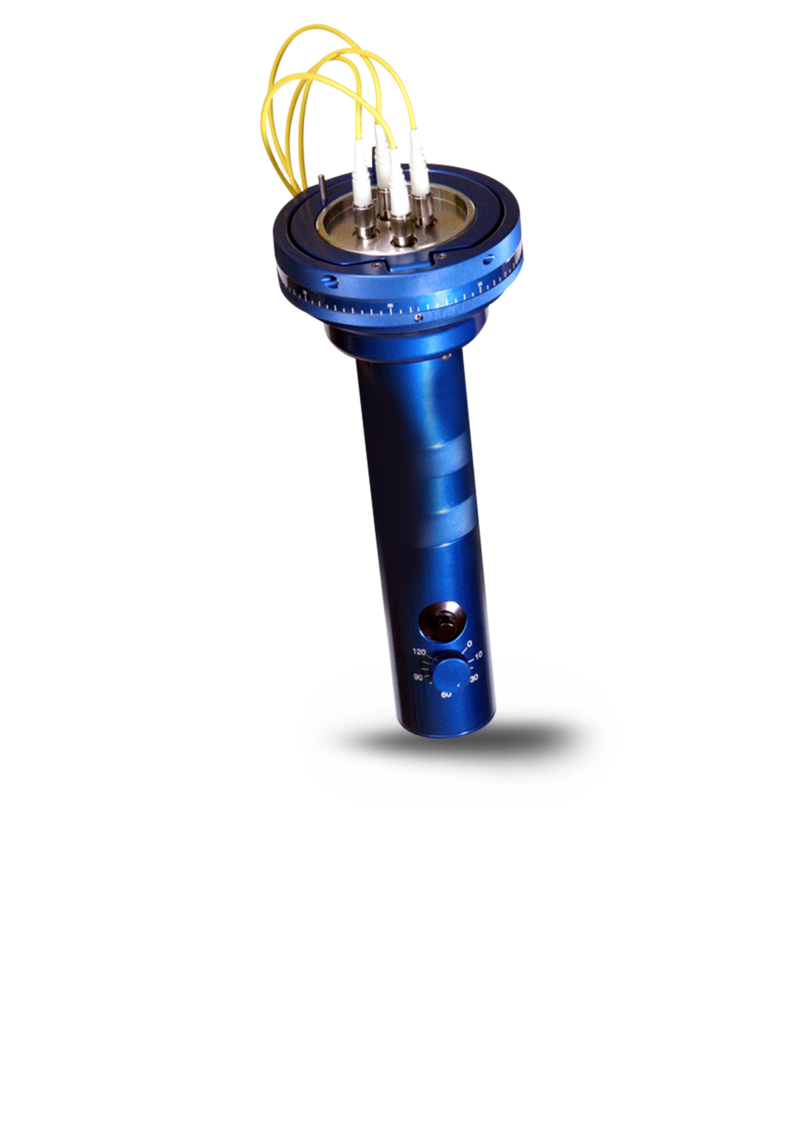
Source: Laser Components
Understanding Fiber Optic Polishing Techniques
Introduction to Fiber Optic Polishing
In the realm of fiber optics, preparing the ends of optical fibers is crucial to ensure both mechanical and optical excellence. This is particularly important when fibers need to be fitted with connectors or spliced together to form a continuous optical path. Polishing is a key process in achieving the desired quality.
When is Fiber Polishing Necessary?
While cleaving is often sufficient for many applications due to its simplicity and speed, there are scenarios where it falls short:
- Achieving a fiber surface that is perfectly perpendicular to the fiber axis is sometimes critical, and cleaving may not consistently deliver this precision.
- For surfaces requiring a specific angle against the fiber axis, angle cleaving methods can be unreliable, showing significant variation in the resulting angles.
- Cleaving might produce irregular structures near the fiber’s outer boundary, which can hinder proper contact in splicing or connecting.
- Fibers with large cladding diameters or certain non-standard glass types may not cleave effectively.
In these cases, polishing the fiber ends is a more reliable method to achieve the desired surface quality and alignment.
The Fiber Polishing Process
Preparation
Before polishing, any coatings or jackets on the fiber must be removed. This ensures direct access to the fiber for the polishing process.
Applying a Ferrule
Due to their small size and fragility, fibers are typically inserted into ferrules made of ceramic, glass, or metal. These ferrules, which may be part of a connector, provide mechanical stability during polishing. Adhesives such as epoxy are used to secure the fiber within the ferrule.
Polishing Steps
The polishing process involves a series of steps using polishing pads of varying grit sizes. Starting with a rough grit to remove protrusions, finer grits are then used to achieve a smooth finish. This can be done manually or with a polishing machine for more consistent results. A liquid polishing agent may be applied, followed by cleaning with isopropyl alcohol.
The goal is to create a slightly domed fiber end, allowing for optimal contact in connections. Care must be taken to ensure any undercut of the fiber end is minimal.
Ensuring Quality and Consistency
Achieving high-quality polishing results requires maintaining consistency in the process and materials used. Cleanliness of the environment is also crucial. Regular inspection with a fiber microscope helps ensure that the end face is smooth and correctly centered in the ferrule, which is vital for minimizing insertion loss.
Special Cases: Side Polishing
In certain applications, fibers may need to be polished from the side. This is often done to create fiber couplers or sensors that require access to the fiber core from the side, such as those utilizing evanescent waves.

Source: Laser Components
Feel free to comment your thoughts.



